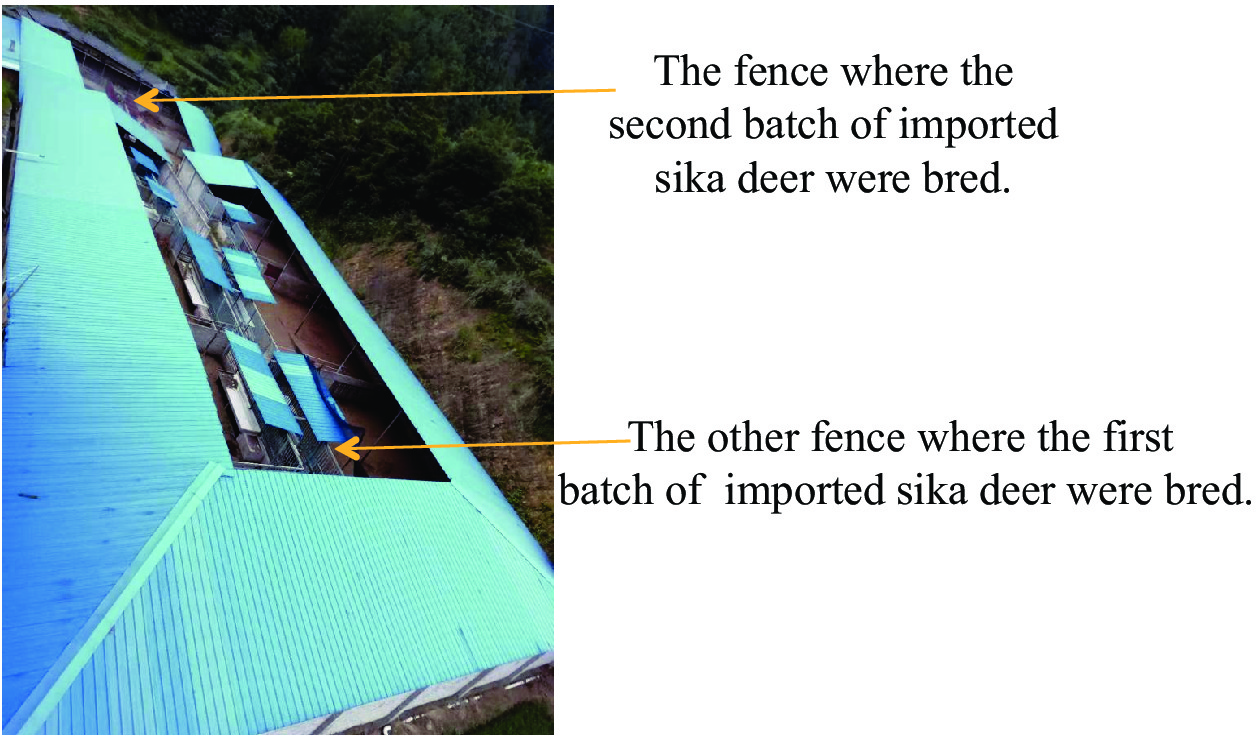2021 Vol. 3, No. 14
With increasing coverage of antiretroviral therapy (ART) for HIV-infected patients, more and more attention has been paid to the impact of HIV drug resistance on death in those patients in China.
Among HIV-infected patients receiving ART, the risk of death is higher in patients with HIV drug resistance [adjusted odds ratio (AOR)=4.25, 95% confidence interval (CI): 2.10–8.62], with viral load ≥1,000 copies/mL but drug resistance untested (AOR=4.65, 95% CI: 1.74–12.39), and with neither viral load nor drug resistance being tested (AOR=17.52, 95% CI: 8.73–35.19) when compared with drug-sensitive patients.
It is important to strengthen drug resistance monitoring and prevention in HIV-infected patients. While performing ART for HIV-infected patients, viral load testing and drug resistance testing should be carried out routinely and promptly.
What is already known about this topic?
Millettia pachycarpa belongs to the Fabaceae family and is widely distributed in the southern China. It is toxic for the rotenone contained in its roots and seeds, and ingesting its seeds could result in poisoning.
What is added by this report?
In December, 2020, a poisoning from plant seeds occurred in Chongqing Municipality. The etiological association was confirmed based on epidemiological investigation, clinical manifestation, plant species identification, and rotenone analysis. The patient rapidly developed central nervous and respiratory depression with metabolic acidosis. The plant was identified as Millettia pachycarpa, and toxin analysis indicated that the rotenone content contained in the seeds was high enough to cause intoxication.
What are the implications for public health practice?
Millettia pachycarpa poisoning is rare but could be fatal. Efforts should be made to educate and communicate with the public, doctors, and public health practitioners that the toxic effects the seeds could be life-threating when swallowed, both accidentally or intentionally.
What is already known on this topic?
Brucellosis is a zoonotic infectious disease caused by Brucella spp. The main source of infection in human brucellosis is sick animals, mainly including sheep, goat, and cattle, but sika deer (Cervus nippon) can also cause human brucellosis. The first human brucellosis case in Guizhou Province was reported in 2009, and no brucellosis outbreak was reported caused by sika deer ever before.
What is added by this report?
This is the first reported outbreak of human brucellosis caused by sika deer in Guizhou Province. Inappropriate regulation of animal movement may be the main driver of introducing and spreading brucellosis in southern areas. The ability to diagnose brucellosis in both humans and animals was weak in the county where the outbreak took place.
What are the implications for public health practice?
It was suggested to prioritize occupational protection and health education for sika deer breeders. The inspection of the movement of animals and the reimbursement policy need to be improved.
Cardiac arrest (CA) usually occurs out of hospitals, comprising approximately 50% of all cardiovascular deaths, which may delay achievement for Healthy China 2030 goals for life expectancy and premature death from major chronic diseases. In this review of Chinese law and health policy, challenges and opportunities are explored for CA prevention and control. A considerable gap would remain even if the CA target in Healthy China 2030 are to be achieved on schedule. Therefore, CA should be included in the national disease prevention and control system and national projects, such as the Healthy Cities Initiative and the Primary Public Health Services to accelerate population-wide Cardiopulmonary Resuscitation training and Automatic External Defibrillation availability. Principles of CA prevention and control should be integrated into all relevant policies.



 Subscribe for E-mail Alerts
Subscribe for E-mail Alerts CCDC Weekly RSS Feed
CCDC Weekly RSS Feed
